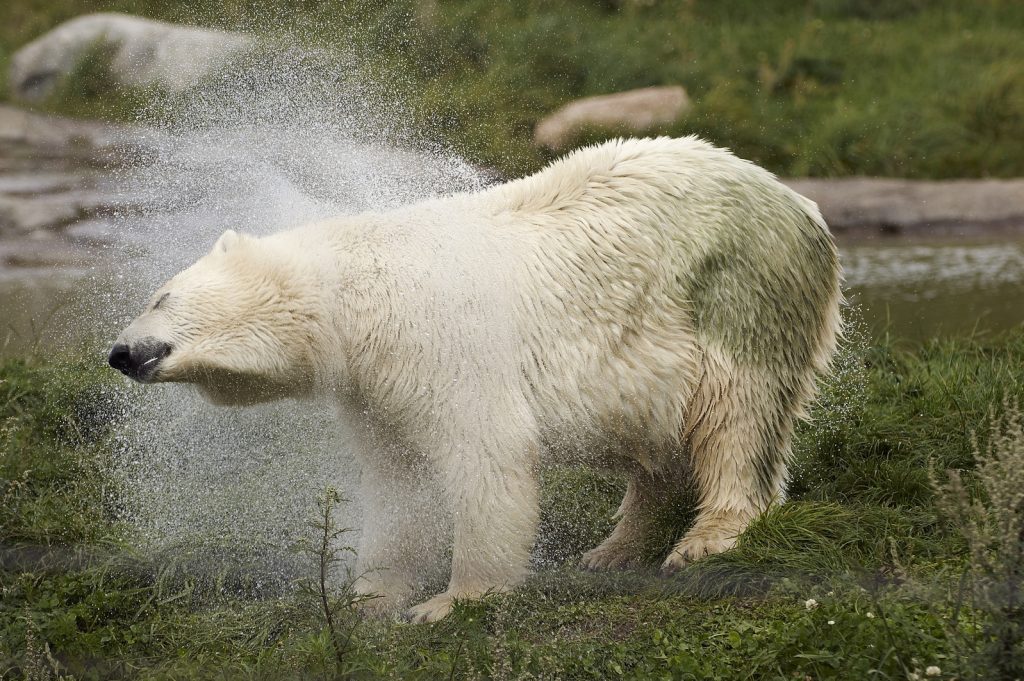
Low warming scenarios become more unlikely after new estimate of climate sensitivity
Between 2.6 and 3.9 degrees. Not 1.5 and 4.5 degrees Celsius. That is how much the climate will likely warm if we double the amount of CO2 in the atmosphere. The conclusion was recently published in Reviews of Geophysics. Anna von der Heydt, from University of Utrecht, The Netherlands, who is also involved in the TiPES project, is one of the co-authors of the paper.
Reducing the uncertainty is an important achievement. The number, which is called “the climate sensitivity” is used in IPCC reports to project global warming. Still, in spite of numerous attempts to improve it, the uncertainty remained the same for four decades since it was first calculated in 1979.
Important implications
Although the reduction in uncertainty might not look large at first glance, it has important implications for our confidence in 21st century climate change projections
Most importantly, however, the new estimate of climate sensitivity basically rules out warming below 2 degrees, which emphasises the urgency in significantly reducing CO2 emissions.
The work is the most comprehensive assessment of climate sensitivity to date. But there remain many questions to address.
”For example, the probability of crossing one or more climate tipping points cannot be included in the concept of climate sensitivity. To achieve this, we develop additional measures of climate change in the TiPES project,” says Anna von der Heydt.
- Reviews of Geophysics
- Commentary in Science
- Overview on climate change


